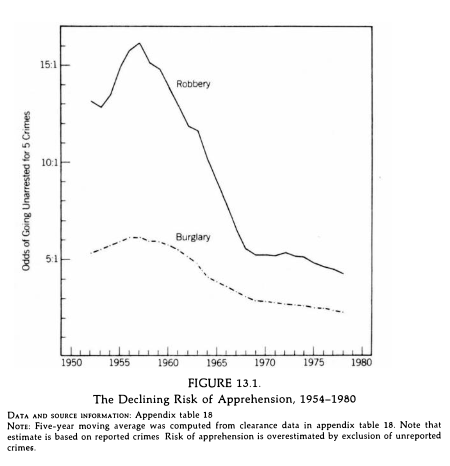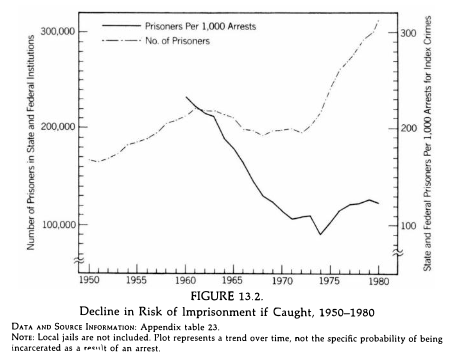As part of this week’s reading for my policy course, we’ve been asked to take a look at Charles Murray’s seminal tome, Losing Ground. While my reaction to the text is different than my reading of Dewey’s Experience & Education, it seemed this might be a good chance to put another side of the argument into perspective.
It’s difficult to believe the idea of systemic and structural oppression, racism and classism would be difficult to see for someone who is looking as closely at history and how society functions as Murray is. Yet, in Ch. 2, “This System is to Blame,” that’s the impression I was left with.
While Murray appeared to be holding back or at least surreptitiously making his case against federal programs that might help assuage the ill-effects of societal neglect of the impoverished and minority ethnicities, he’s out in the open from the start of this chapter, stating:
For one thing-and the importance of this must not be forgotten during the ensuing discussion-an accident of history brought a master legislator to the presidency at a moment when the other forces were converging. The antipoverty bills, Food Stamps, Medicare, Medicaid, public housing programs, manpower training, expansions of entitlements, all followed pellmell. It was a legislative blitzkrieg, not the implementation of a master plan.
Charles Murray. Losing Ground: American Social Policy, 1950-1980, 10th Anniversary Edition (p. 24). Kindle Edition.
While I understand the allure of a master plan Murray argues was lacking, it strikes me as possible the “pellmell” approach to instituting these policies was driven by the urge to institute changes that could start to rectify centuries of oppression brought on by a civil movement that brought voice to the oppressed and made that voice next to impossible to ignore.
Strangely, Murray chooses to believe in the idea that people sort of just noticed poverty in the mid-sixties and chose to do something about it because they thought the economy was too big to fail. It reads as though the nation had some extra walking around money and decided to try their hands at social reform.
While Murray never outright states a disbelief in “structural poverty,” it’s jumping out from between the lines as is his frustration that the country turned to the idea that perhaps poor people weren’t staying poor just because they were lazy but that other interests might be vested in them remaining so.
Murray concludes the chapter with a brief discussion of the federal reports and offices that bloomed as the government attempted to attack systemic poverty. He is almost incredulous at the idea that these reports and studies found small success in their first years and that we didn’t quite know how to solve a problem that had been so long in the making.
The trouble I found here was the same trouble I found in my study of the after effects of Brown v. Board a few weeks ago. The movement to re-design social systems away from institutional poverty had momentum in the 1960s. As Murray pointed out, those idealists attacking the problems felt this was something they could not imagine failing at. Rarely do such resources, good will, and brainpower find one another in history. Looking at the problem with the benefit of contemporary perspective, these were problems that would take more time to solve, systems that would take longer to reboot than many were likely to believe.
No one says, “I want to change the world – incrementally.” But that was and remains the lot of those working against injustice. The small gains Murray outlines at the end of the chapter were not the big win researchers and policymakers were hoping for, but they should not be discounted as wins given the long line of losses in the years prior.
Like this:
Like Loading...


